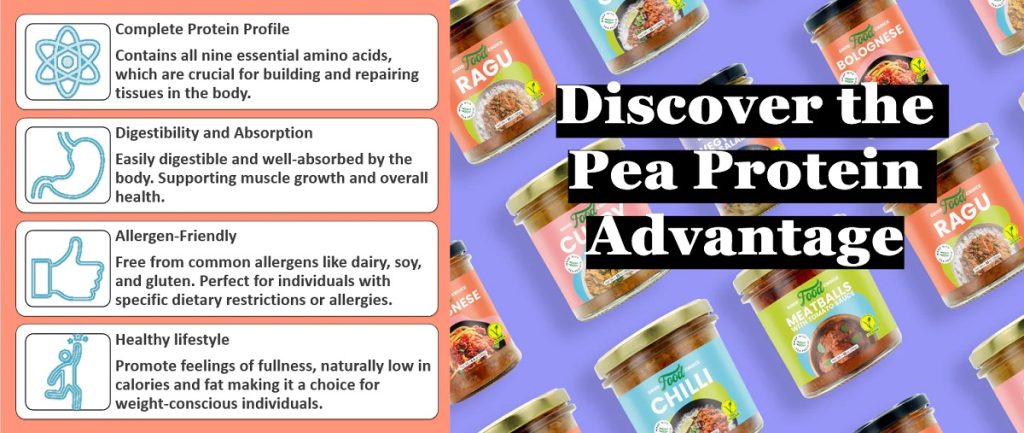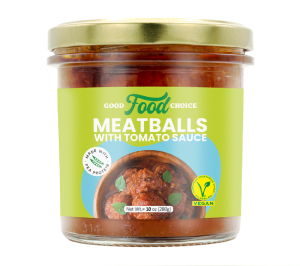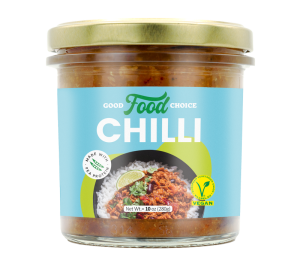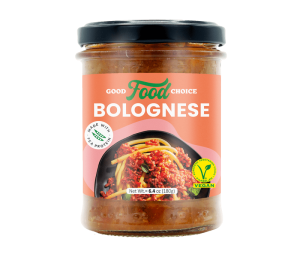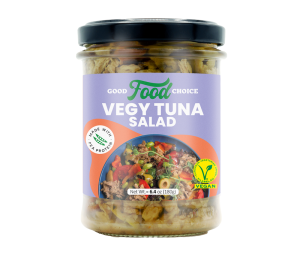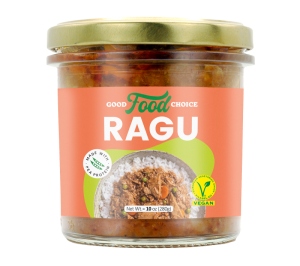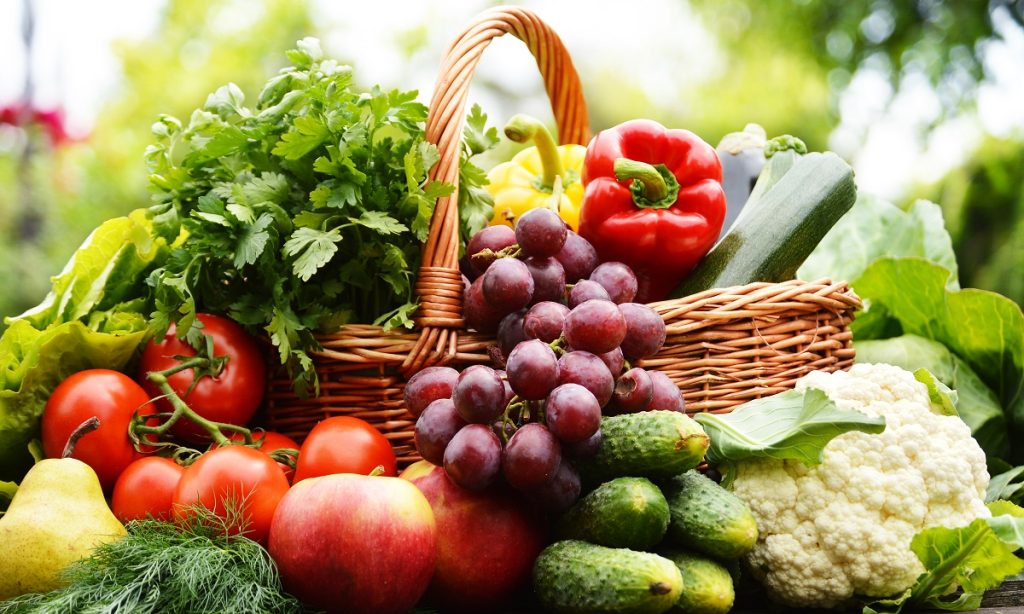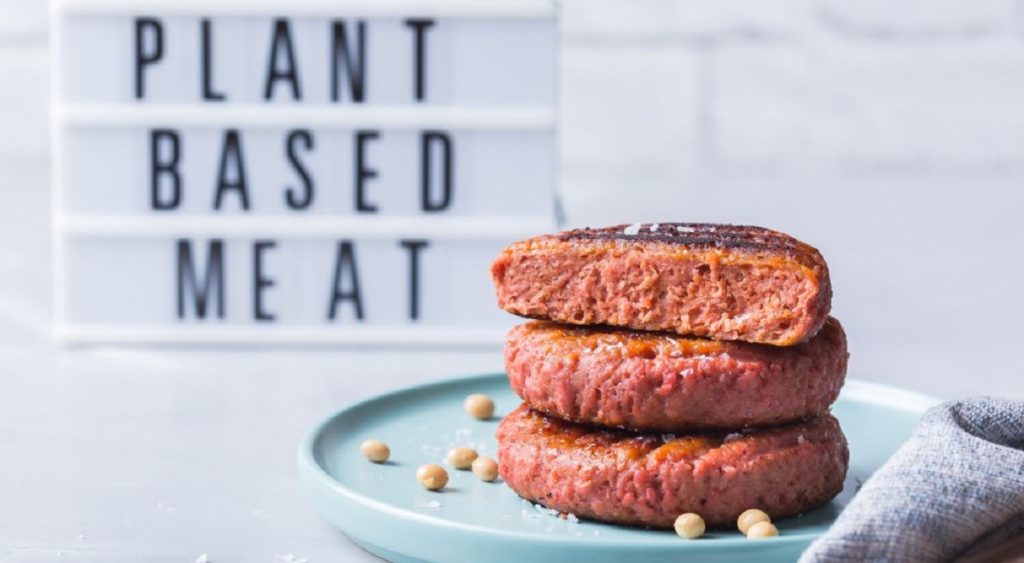Eating healthier as a New Year’s resolution and why many people fail to achieve it.
Eating healthier is a common New Year’s resolution, as a balanced diet can have a big impact on physical and mental health. However, many people find it difficult to keep this resolution due to a variety of reasons.
One of the main reasons is lack of planning and preparation. Many people do not plan their meals in advance and end up being tempted to eat unhealthy foods when they are busy or do not have healthy food on hand. Planning meals in advance and preparing food at home can help avoid this problem.
How to plan our meals
1.- he first thing to keep in mind when planning a weekly menu is our schedule. We can not plan very elaborate dinners for example if we get home at 8 or 9 o’clock at night, it is clear that we will not spend 2 hours to prepare dinner.
Taking into account our schedule we can decide how much time we have to cook and we can adapt our menu to recipes that can be done in 30 minutes, or the time we realistically have available.
2.- The second step is to be clear about which day of the week we go to the supermarket to buy the ingredients for our weekly menu.
This may not seem relevant to you, but it has a practical explanation.
In our weekly menu we will put the fresh foods that expire faster in the first days after making the purchase and for the following days we can leave the pastas, rices and foods that last more days fresh.
3.- The third and last step, elaborate your weekly menu trying to reach a good balance of proteins, carbohydrates, fats and sugars, and above all with recipes that you enjoy, that eating healthier has nothing to do with eating rich and enjoy what we eat.
With your menu already prepared you can make your grocery shopping list. This way you can organize yourself to only do a weekly shopping and with this you will not only save time but also money, we all know that when we go to the supermarket to get a little something we need we leave with 2 bags.
Here I present you a weekly vegan menu for healthy dinners:
Monday:
Quinoa salad with roasted vegetables and Good Food Choice Plant-based meatballs: cook quinoa according to package directions, mix with roasted vegetables (such as peppers, onion, tomato and eggplant), heat Good Food Choice meatballs in the microwave 2 minutes and add to the quinoa with a lemon vinaigrette.
Tuesday:
Good Food Choice Plant-based curry with lentils: heat Good Food Choice curry with rice in microwave 2 minutes. Drain a small jar of lentils and mix the curry with the rice and lentils.
Wednesday:
Good Food Choice Plant-based tacos with guacamole: heat RealVegy fajitas. Peel and dice an avocado. Assemble the taco with the Good Food Choice fajitas and avocado. You can also add lettuce, tomato, chopped onion to your taco to suit your taste.
Thursday:
Good Food Choice Plant-based Macaroni Bolognese: heat Good Food Choice macaroni bolognese 2 minutes in the microwave and add chopped basil and shredded cheese.
Friday:
Vegetarian pizza with vegan cheese and Good Food Choice Plant-based sausage: prepare homemade pizza dough (or buy a prepared one) and mix with tomato sauce, grated vegan cheese, vegetables (such as peppers, mushrooms and onion) and fresh herbs (such as oregano and basil) and RealVegy sausage cut into 2 or 3 pieces. Cook in preheated oven at 210 degrees for 10-15 minutes.
Saturday:
Good Food Choice Plant-based Burritos: heat Good Food Choice chili with rice. 2 minutes in the microwave. In a burrito tortilla put the chili with RealVegy rice, chopped lettuce, diced tomato, chopped avocado and your favorite hot sauce (if you like it spicy), roll the tortilla and eat.
Sunday:
Good Food Choice Plant-based Burger: in a skillet cook the Good Food Choice burger for 4 to 6 minutes per side with a little bit of oil. Assemble the burger on your favorite bun, with a slice of cheese, some lettuce leaves, a slice of tomato, sliced pickles and some thin slices of onion.
Keep in mind that these are just a few suggestions, you can also experiment and adapt these dishes to your tastes and needs. For example, if you are intolerant to any food or have any restrictions, you can look for alternatives or substitutes. You can also play with spices and herbs to flavor your dishes.
How to motivate ourselves to fulfill our purpose
Another reason that can cause you to fail in your purpose is lack of motivation. Changing eating habits can be difficult and requires effort and dedication. Many people lose motivation as they face difficulties and do not see immediate results. It is important to remember that changes in diet and health do not happen overnight, and it is important to be patient and consistent.
Another factor to keep in mind when it comes to maintaining our motivation is to not judge ourselves if we are not carrying out these changes as perfectly as we had planned. Many times we are almost waiting for a small slip up to throw in the towel and forget about the commitment we have made to ourselves.
You know, “I’ve already messed up, so why am I going to continue”?
On the contrary, we have to keep in mind that we are not perfect, that some days due to lack of time, too much stress, or simply because we are in a low mood, our willpower to follow our resolutions may fail us. And that’s okay, it is in those moments where we have to treat ourselves with love and understanding and resume our purpose without feelings of guilt or negative emotions that will hinder our goals.
Always remember YES YOU CAN!
Lack of nutritional knowledge
Lack of knowledge about the basics of good nutrition can also be a barrier to eating healthier. Many people do not have a clear understanding of what a balanced diet is and how to select healthy foods. It is important to educate yourself about nutrition and learn how to read food labels.
Many times healthy eating is confused with going on a diet, and it has nothing to do with it. Although maintaining a healthy diet brings us a host of benefits, it is not focused, as may be the case of a diet to weight loss or restriction of certain foods in particular as a result of certain diseases, diabetes, cholesterol, etc..
We encourage you to always read the labels well to know what you are eating, and to read and be informed about the pillars of a healthy diet.
Finally, remember that it is possible to achieve your goals and objectives. With proper planning and motivation you can make this 2024 the beginning of a new life for you that will make you feel so much better, physically, mentally and emotionally.
And at Good Food Choice we are here to support you in your efforts with healthy, fast and delicious dishes.
